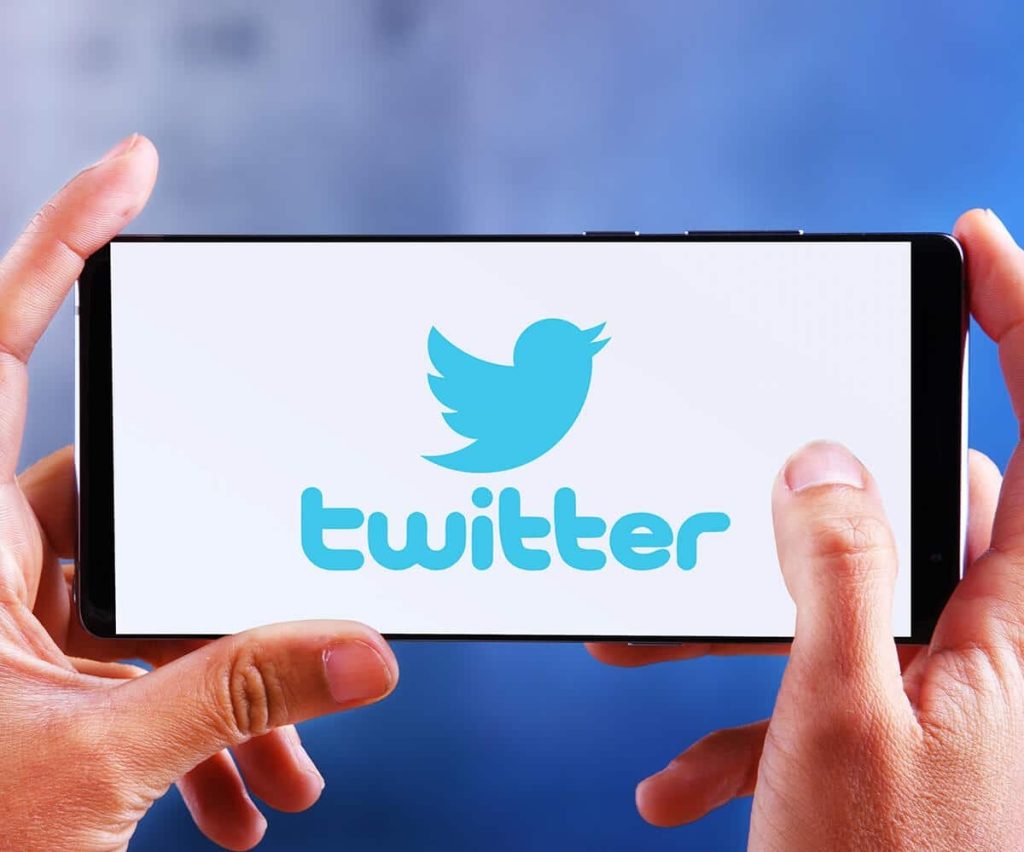
In the age of technology and social media, learning environments are constantly evolving to incorporate new and innovative methods to enhance knowledge retention and engagement. Twitter, a platform known for its brevity and wide reach, has proven itself to be an exceptional tool for supporting and heightening the effectiveness of instructor-led training. Here are three ways Twitter can be utilized to boost social learning experiences:
1. Pre-Session Engagement and Ice-Breaking
Before a training session even begins, instructors can use Twitter to engage participants by creating a unique hashtag for their event. This facilitates pre-course discussions and connections among attendees while allowing the sharing of relevant resources and teaser content that build excitement. Additionally, posting ice-breaker questions encourages participants to interact with one another, fostering a sense of community and collaboration that extends into the actual training environment.
2. Real-Time Q&A and Feedback Loops
During a live training session, Twitter serves as an instantaneous communication channel where attendees can post questions or comments without interrupting the flow of the presentation. This helps maintain a dynamic conversation between the instructor and learners. A dedicated session hashtag allows the compilation of these tweets, ensuring no query goes unanswered. Additionally, trainers can gauge immediate reactions and adjust their teaching style or content in real time based on the feedback received through tweets.
3. Post-Session Discussion and Network Building
Post-session activities on Twitter can significantly extend the life of the knowledge imparted during instructor-led training sessions. By continuing to use the session-specific hashtag, participants can engage in discussions, share insights gained from the training, or even post about how they’ve applied what they’ve learned in their own professional contexts. Furthermore, this ongoing conversation builds a professional learning network that participants can tap into long after the event concludes, solidifying lessons learned and facilitating continuous professional development.
Through thoughtful integration with instructor-led training programs, Twitter becomes more than just a social networking site; it transforms into a powerful learning tool that supports collaborative learning environments, enriches participant experience, and drives meaningful educational outcomes.
